
Chinese-built solar photovoltaic power station inaugurated in Tunisia
A lifelong farmer who learned the craft from his father, Al-Azmi had long dreamed of transforming desert into fertile ground. For years, the harsh climate made that impossible. But as Kuwait-China cooperation has ever deepened under the China-proposed Belt and Road Initiative, Chinese technology began offering new solutions.
A freight train carrying 80 containers of goods, including Australian kraft paper and Singaporean puff pastry shortening, departed from Qinzhou Port East Station in south China's Guangxi Zhuang Autonomous Region on Wednesday, bound for Chongqing Municipality in southwest China.

The groundbreaking ceremony for a Chinese-funded green fertilizer project was held Monday in Nakuru County, west-central Kenya, marking a major step toward sustainably boosting the country's agricultural productivity.

A "golden gateway" between China and Southeast Asia is hitting new heights. The China-Laos Railway has now transported over 70 million tonnes of cargo, cementing its role as a powerhouse for regional trade and economic growth.
A China-Europe freight train carrying daily necessities and electronic components departed from Horgos Railway Port in northwest China's Xinjiang Uygur Autonomous Region for Malaszewicze, Poland, earlier this week, bringing the number of such trains passing through the port this year to over 8,000, 40 days ahead of the same milestone in 2024.

Sci-tech innovation is providing critical support for sustainable development in Belt and Road partner countries, according to scientists and senior officials at a recent international conference.

The final beam of one of Tanzania's longest heavy-load railway bridges, the Malagarasi River Bridge, has been successfully installed, marking a significant milestone in the country's central standard gauge railway (SGR) project, officials said on Tuesday.
The "Chancay-Shanghai" shipping route handled 154,000 tonnes of import and export cargo valued at 3.97 billion yuan (about 559.37 million U.S. dollars) during the first three quarters of this year, fueling a 56.9 percent year-on-year surge in Shanghai's trade with Peru to 13.42 billion yuan, according to Shanghai Customs on Monday.
The China-Europe Arctic Express Route takes the Arctic's Northeast Passage directly to Europe, significantly reducing travel time compared with traditional routes.
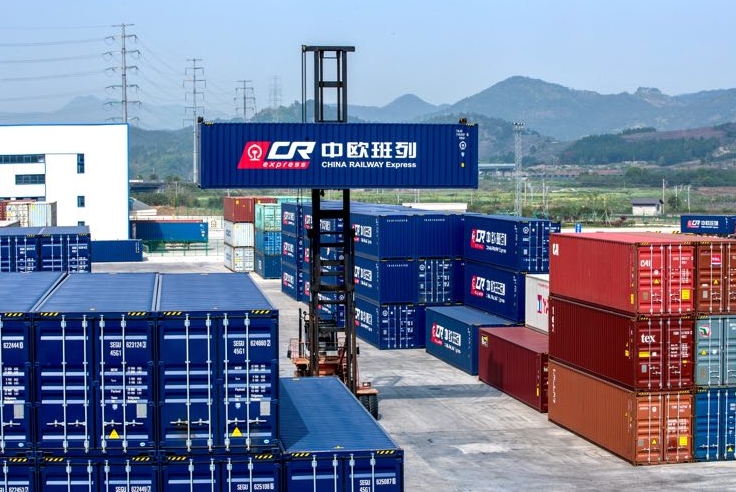
Alashankou and Horgos, two major railway ports in northwest China's Xinjiang Uygur Autonomous Region, have facilitated the passage of more than 100,000 China-Europe (Central Asia) freight trains, according to customs authorities of Urumqi, the regional capital.

As night fell, the headlights of trucks formed glittering lines across the Pamirs -- a testament to the vitality of the Belt and Road Initiative. Once-isolated, the highlands are now linked by a shared vision for the future. The story of China-Tajikistan cooperation continues to unfold.

The 3rd Linyi Trade City International Sourcing Conference for Belt and Road Cooperation opened on Friday in Linyi, Shandong province, attracting over 2,000 buyers from nearly 100 countries and regions.
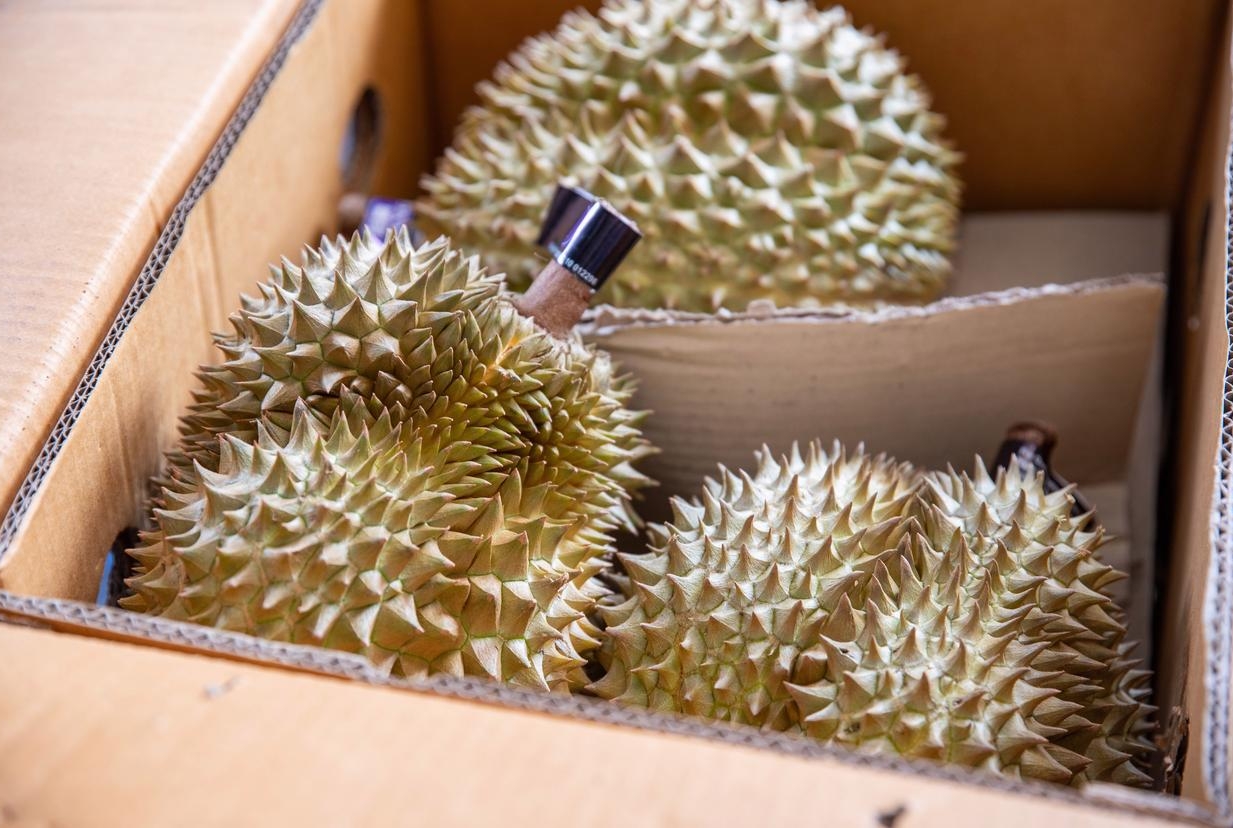
In Chengdu, globalization is no longer an abstract idea. It now has a smell, a taste and a bite, and arrives faster, fresher and closer than anyone could have imagined.
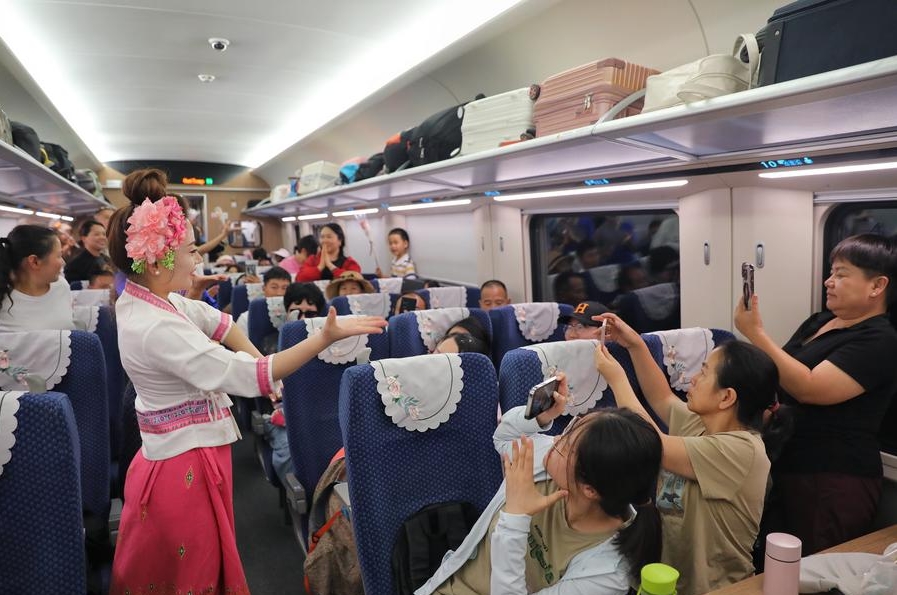
The China-Laos Railway has seen more than 60 million passenger trips since its launch, carrying 595,000 cross-border travelers from 115 countries and regions as of Wednesday, China Railway Kunming Group has said.
Serbia on Wednesday launched regular high-speed train services between Belgrade and Subotica, marking the full operation of the country's first 200-km-per-hour railway line, a landmark project under the China-proposed Belt and Road Initiative.

North China's Shanxi Province launched its first rail-road intermodal freight train along the China-Kyrgyzstan-Uzbekistan intermodal transport corridor on Monday, marking the start of a new international logistics route linking the province with Central Asia, according to China Railway Taiyuan Group Co., Ltd.
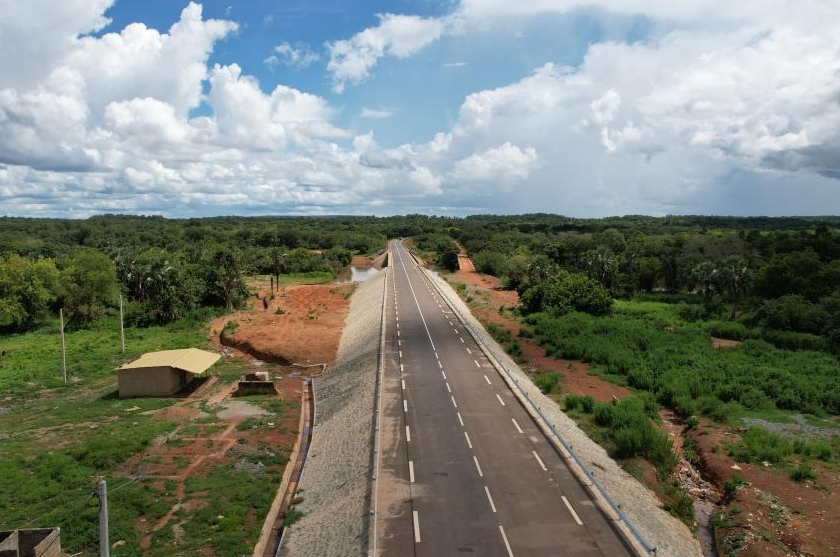
In northern Cote d'Ivoire, a new two-lane highway hums with trucks while women balance baskets of mangoes and bananas, calling out to passing drivers along the roadside.
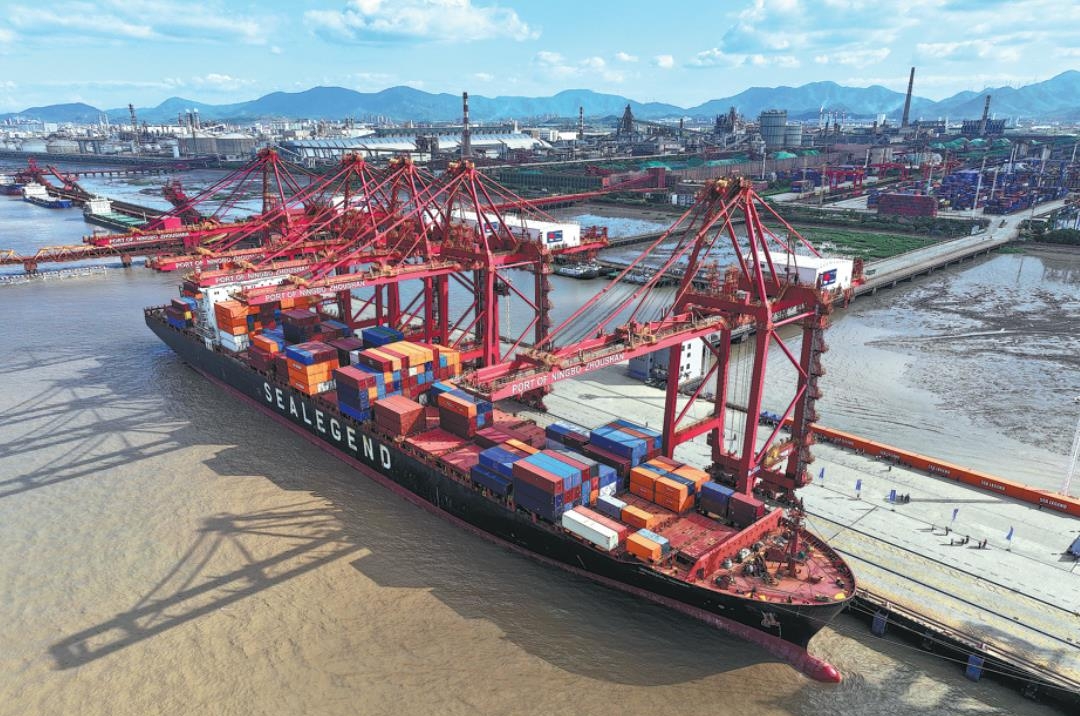
Ningbo-Zhoushan Port launched the China-Europe Arctic Express — the world's first regular container service linking China with Europe through the Arctic Ocean — on Monday, enhancing the country's supply chain resilience and safety.
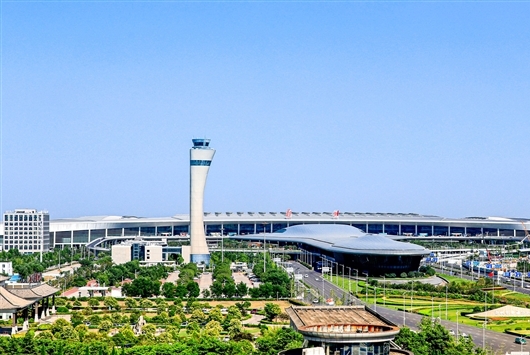
The establishment of Zhengzhou-Kuala Lumpur "Air Silk Road" has strengthened the logistics and trade bond between the Association of Southeast Asian Nations (ASEAN) and China, and is expected to accelerate economic growth in the coming years, Malaysian Transport Minister Anthony Loke Siew Fook has said.
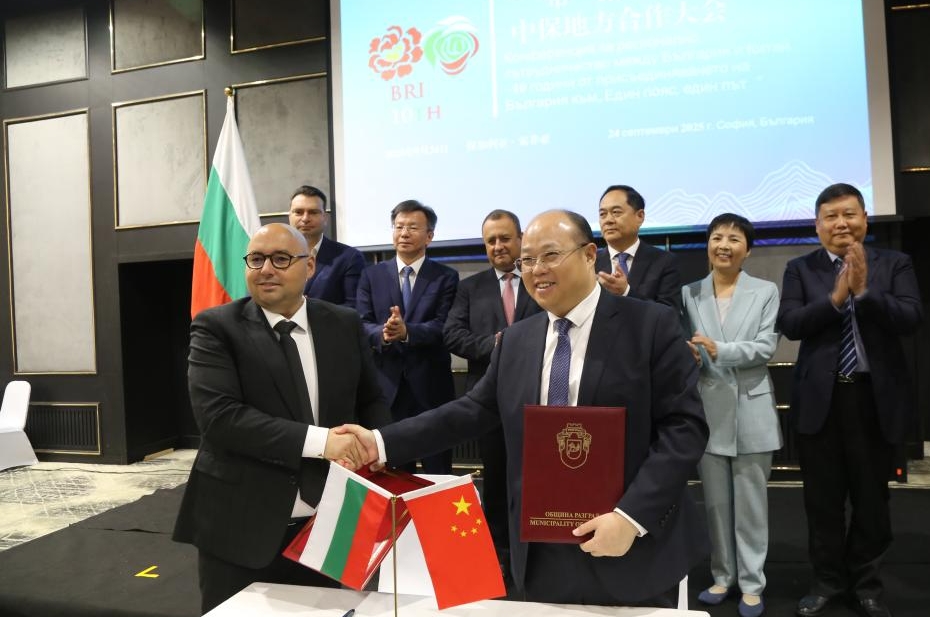
China and Bulgaria on Wednesday held a conference on urban and regional cooperation in Sofia, coinciding with the 10th anniversary of a cooperation document on the Belt and Road Initiative (BRI) between the two countries.

As of Sept. 22, freight trains departing from Guangxi heading to Vietnam have transported a total of 26,000 TEUs (twenty-foot equivalent units) of export goods, marking a year-on-year surge of 173 percent, according to the China Railway Nanning Group Co., Ltd.
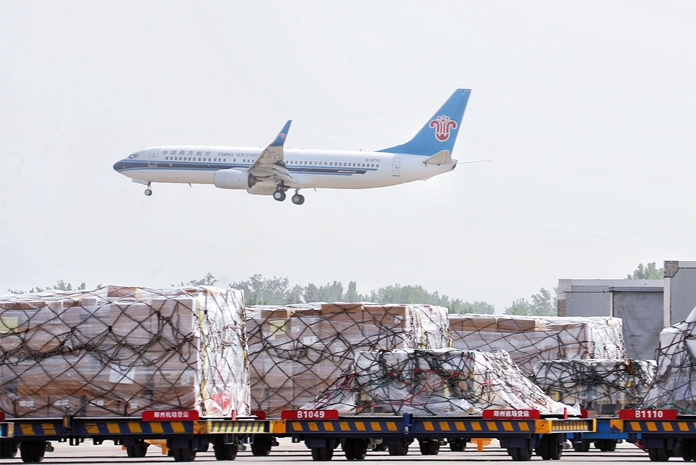
Cooperation through the "Air Silk Road" will enhance the air freight sector between China and the Association of Southeast Asian Nations (ASEAN), with Malaysia emerging as a key regional hub, according to aviation sector experts.
The reinterpretation of ancient Dunhuang culture has become a driving force behind the cultural and tourism boom.
Through the New International Land-Sea Trade Corridor, ASEAN products, from Vietnamese and Indonesian rubber to Cambodian rice and Thai coconuts, are steadily making their way into China.

Senior officials and international guests attending the 8th Silk Road (Dunhuang) International Cultural Expo have called for enhanced cultural exchanges and mutual learning among civilizations against a backdrop of global divisions.
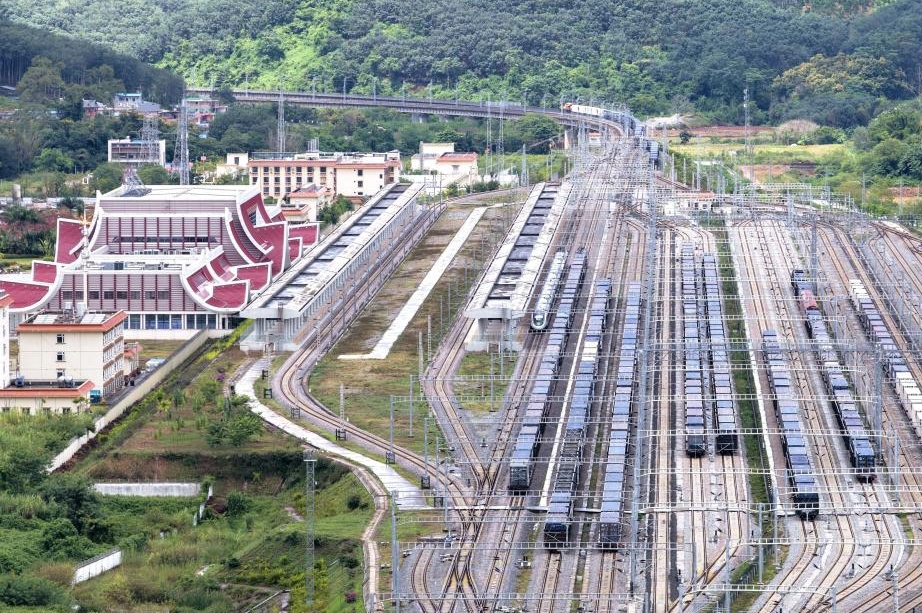
Since the operation of the China-Laos Railway, the total number of freight trains operational along the line has exceeded 60,000 as of Sept. 19, with a freight volume of over 67.6 million tons, including more than 15 million tons of cross-border trade.
Horgos Port, a major railway hub in northwest China's Xinjiang Uygur Autonomous Region, has handled over 7,000 China-Europe (Central Asia) freight train trips since the beginning of this year, according to railway sources on Tuesday.

Egyptian entrepreneur Hany Sobhy considers himself a citizen of Quanzhou in east China's Fujian Province. Ten years ago, he launched his garment export business in the city that is widely believed to be the starting point of the ancient Maritime Silk Road.
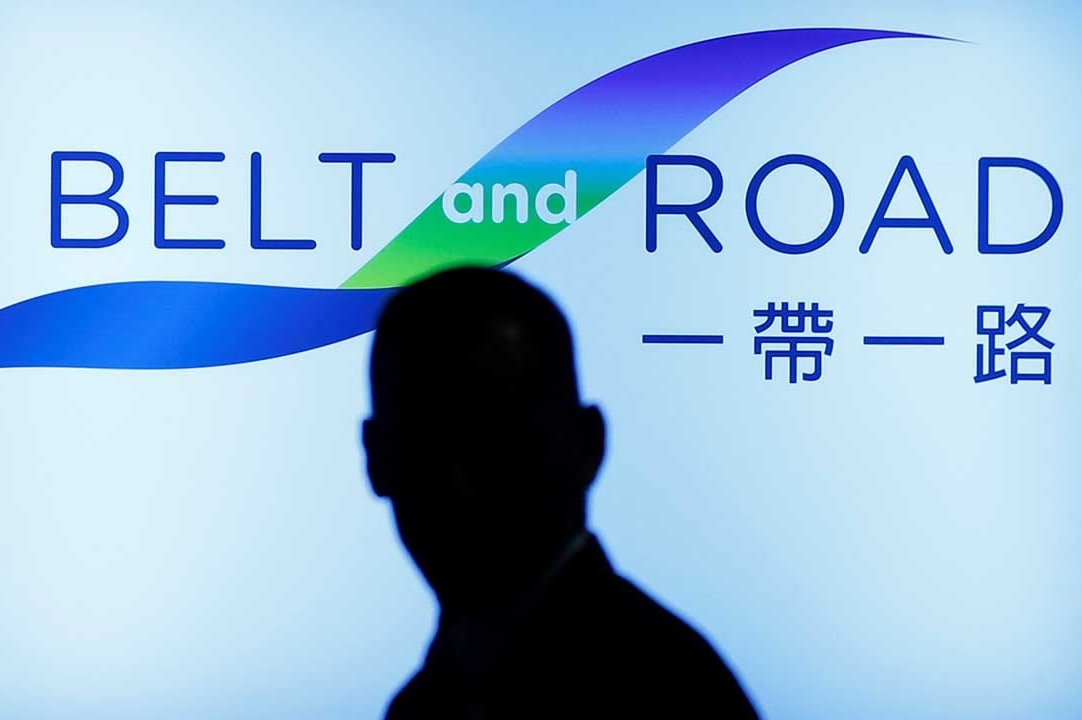
The 10th Belt and Road Summit concluded in Hong Kong on Thursday, with collaboration deepened in emerging industries.
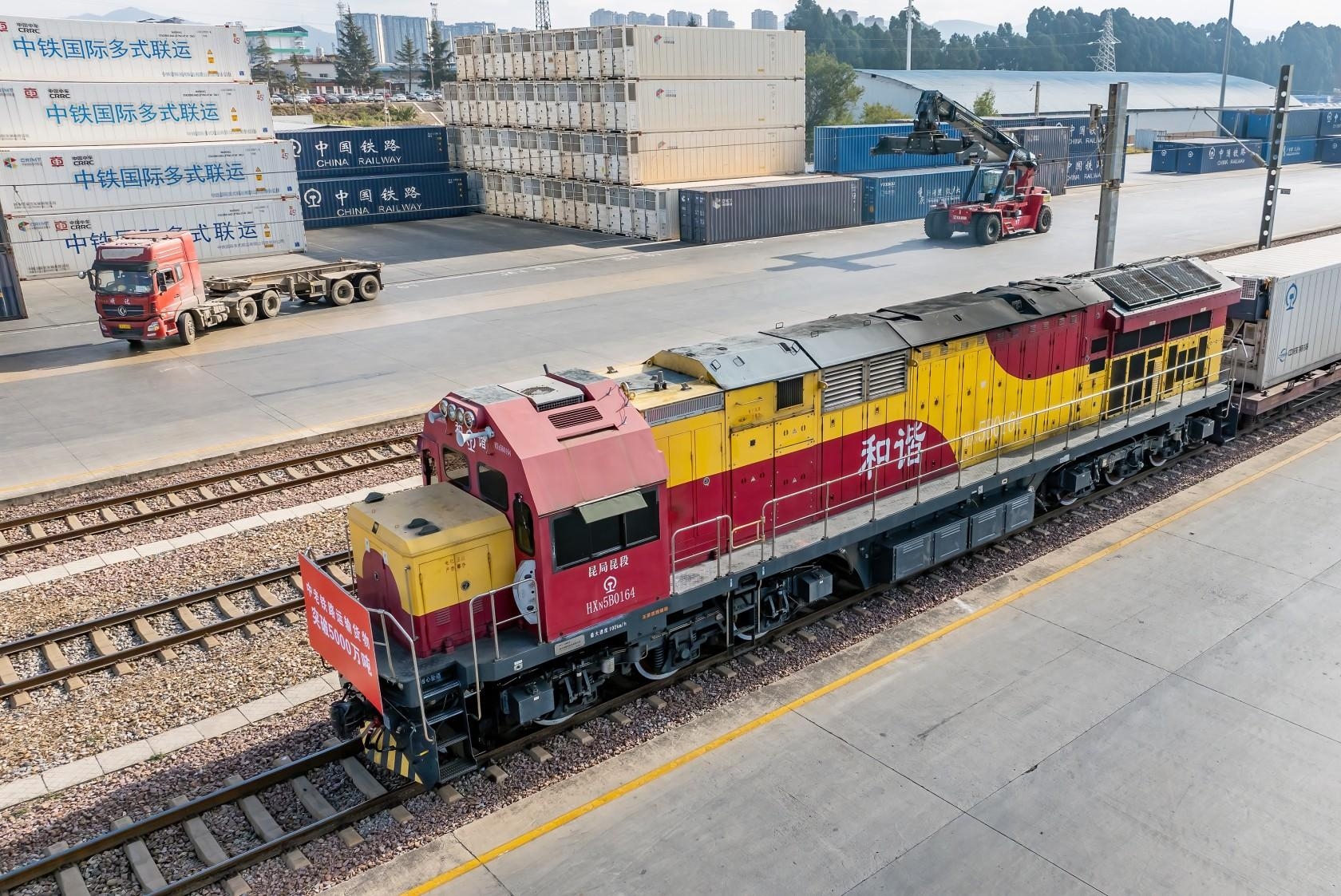
In recent years, fruits and vegetables from Yunnan have gained popularity across ASEAN markets. Grapes, citrus, mushrooms and other specialty products have emerged as leading exports.